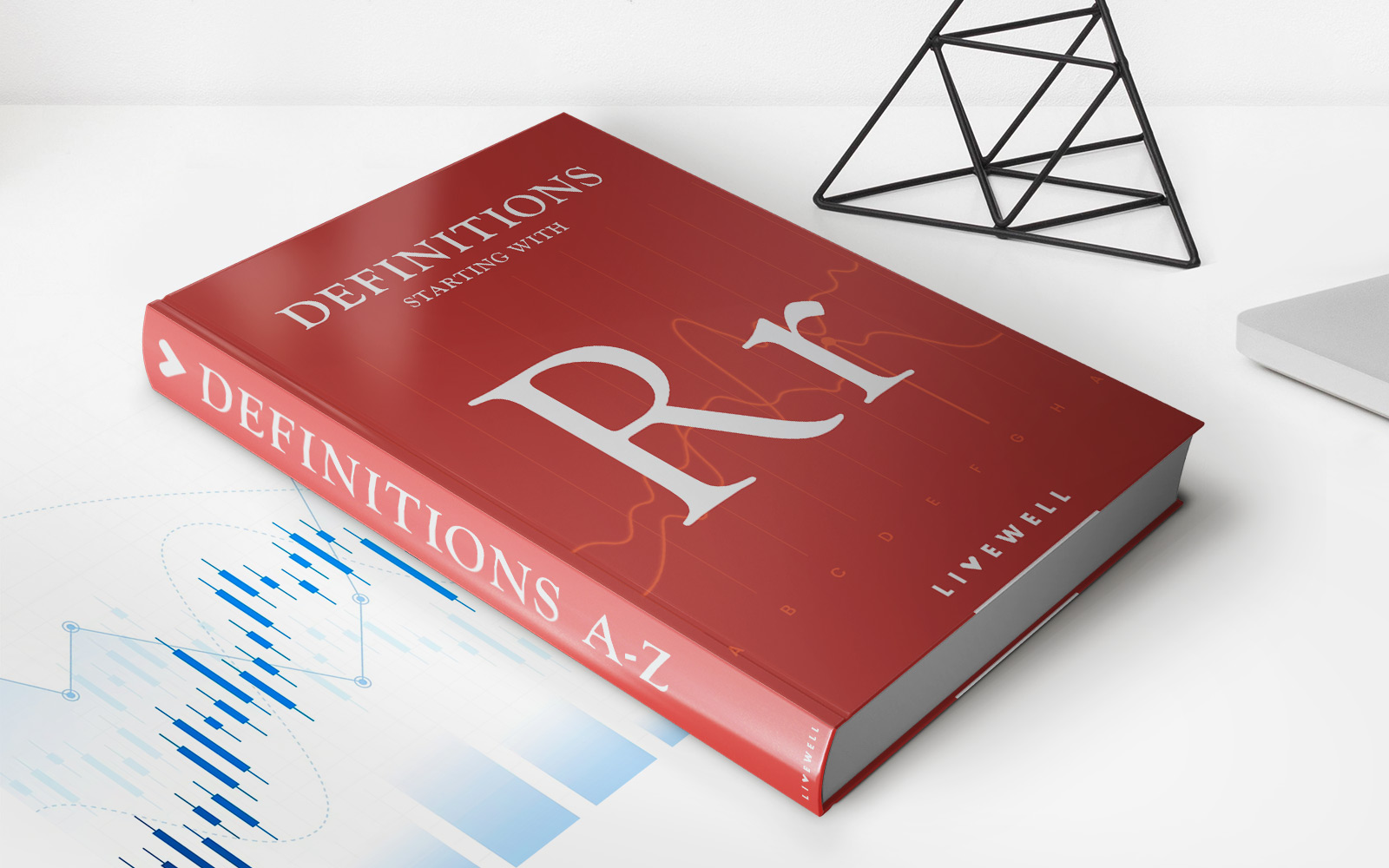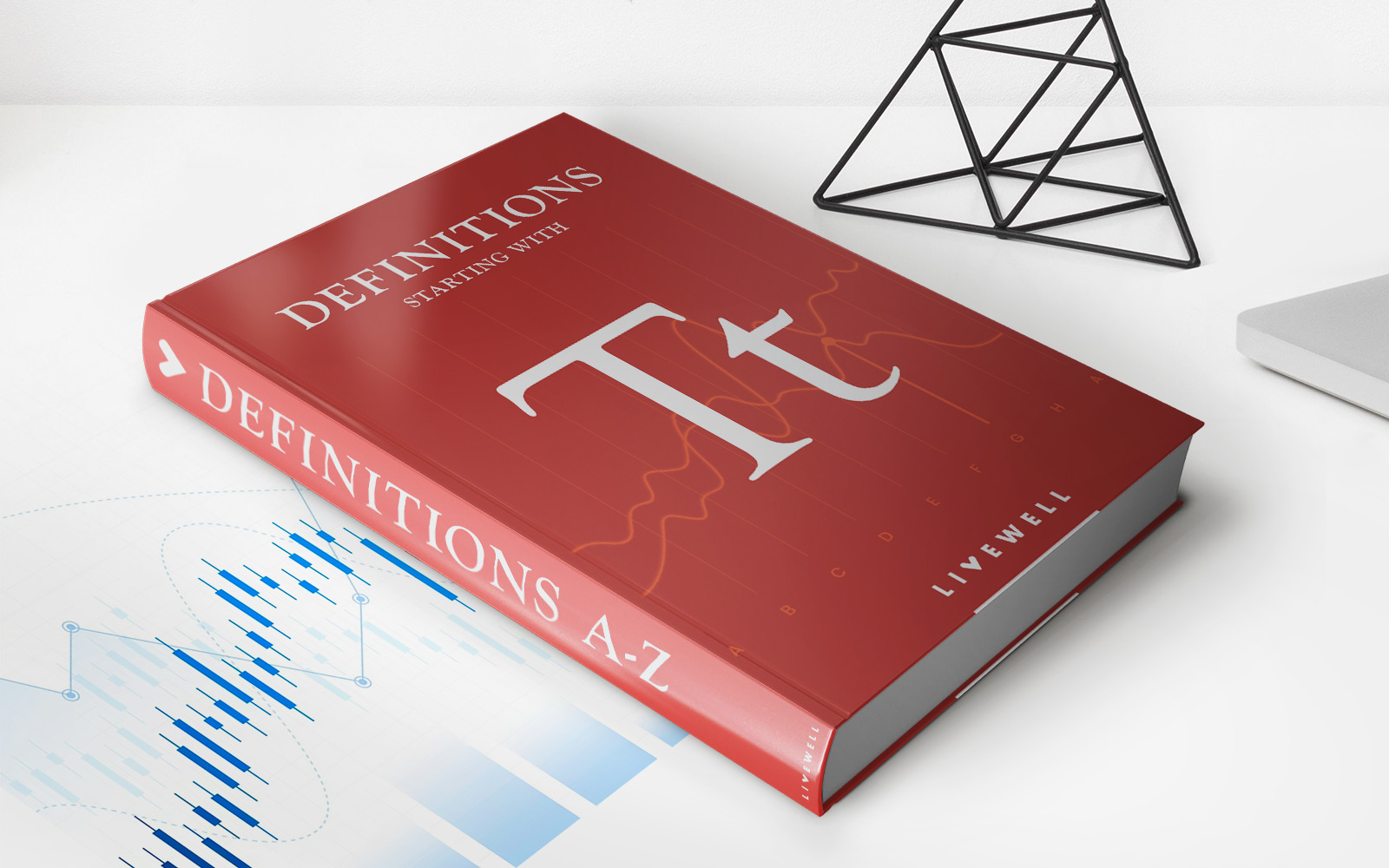

Finance
Government Paper Definition
Published: December 1, 2023
Discover the meaning and importance of government papers in the field of finance. Gain valuable insights on how they impact financial decisions and policies.
(Many of the links in this article redirect to a specific reviewed product. Your purchase of these products through affiliate links helps to generate commission for LiveWell, at no extra cost. Learn more)
Understanding Government Paper: A Comprehensive Guide
When it comes to finances, one term that often comes up is “government paper.” But what exactly is government paper, and why is it important? In this blog post, we will delve into the definition of government paper, its types, and why it holds significance in the world of finance.
Key Takeaways:
- Government paper refers to debt securities issued by the government to finance its operations.
- There are different types of government paper, including Treasury bills, Treasury notes, and Treasury bonds.
What is Government Paper?
Government paper, also known as government securities or government bonds, refers to debt instruments issued by a government to finance its activities and meet its financial obligations. It allows the government to raise funds by selling these securities to investors, who, in turn, earn interest on their investment.
Government paper is considered a safe investment since it is backed by the full faith and credit of the government. This means that investors trust the government’s ability to repay its debts, making it a low-risk investment option.
Types of Government Paper
Government paper comes in various forms, each with its unique features. Here are the main types of government paper:
- Treasury Bills: Also known as T-bills, treasury bills are short-term debt instruments with a maturity period of less than one year. They are typically issued with a discount to their face value and do not pay regular interest. Instead, investors earn a return through the difference between the discounted purchase price and the face value.
- Treasury Notes: Treasury notes are medium-term debt instruments with maturities ranging from one to ten years. They pay fixed interest semi-annually and are larger in size compared to treasury bills.
- Treasury Bonds: Lastly, treasury bonds are long-term debt instruments with maturities typically exceeding ten years. They pay fixed interest semi-annually and are considered the most secure among the three types of government paper.
Significance of Government Paper
Government paper plays a pivotal role in maintaining the stability of a country’s economy and financial markets. Here’s why it holds significance:
- Funding Government Operations: By issuing government paper, the government can obtain the necessary funds to finance its operations, including infrastructure development, social programs, and military expenditures. This helps maintain the functioning of essential services and contributes to national growth.
- Monetary Policy Implementation: Government paper is a valuable tool for central banks to implement monetary policy. By buying or selling government securities in the open market, central banks can influence interest rates and control the money supply, thereby modifying economic conditions.
- Investment Opportunities: For investors, government paper offers a secure investment option with predictable returns. The low-risk nature of these securities makes them ideal for risk-averse individuals, including retirees and conservative investors seeking stable income streams.
In conclusion, government paper refers to debt securities issued by the government to finance its operations and obligations. Understanding its types and significance is crucial for both investors and those interested in the functioning of the financial markets. By providing a secure means of financing, government paper helps maintain stability, facilitates monetary policy, and offers a safe investment avenue for individuals.














